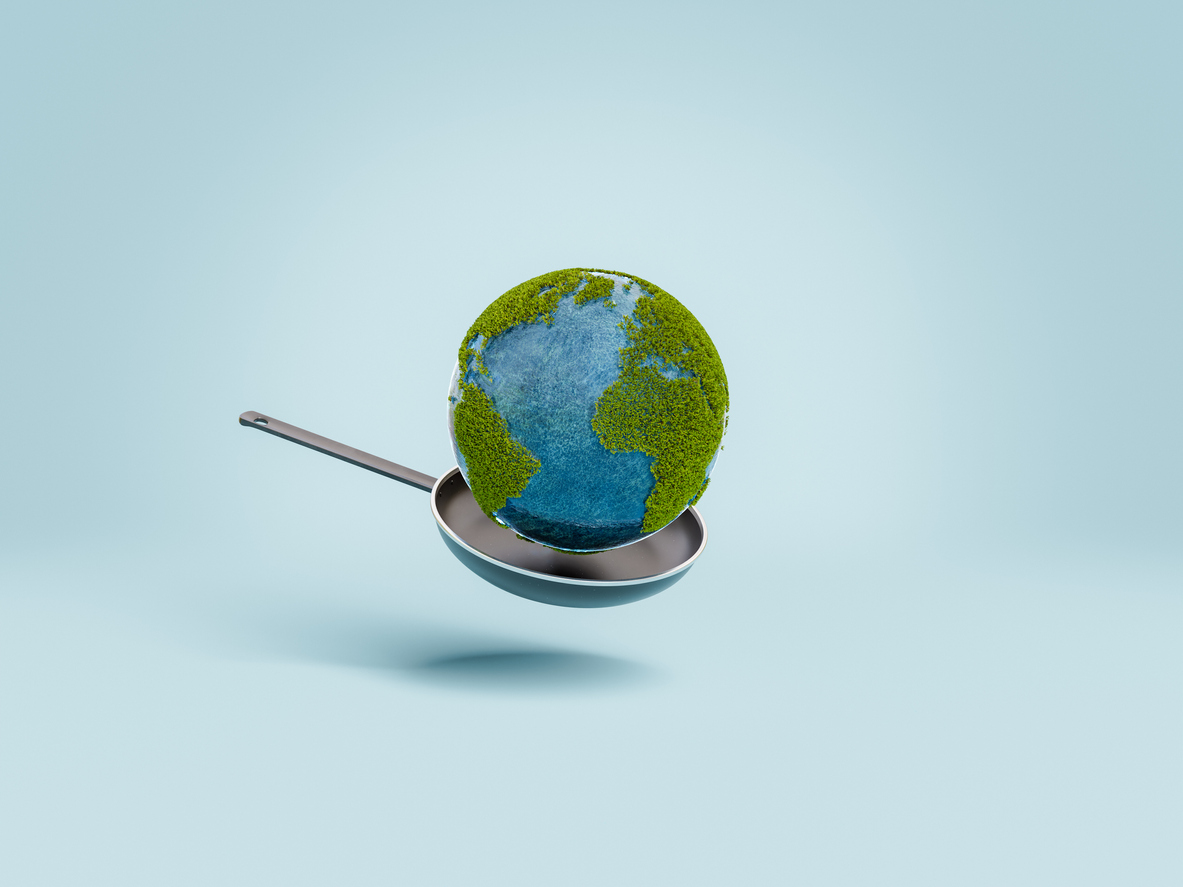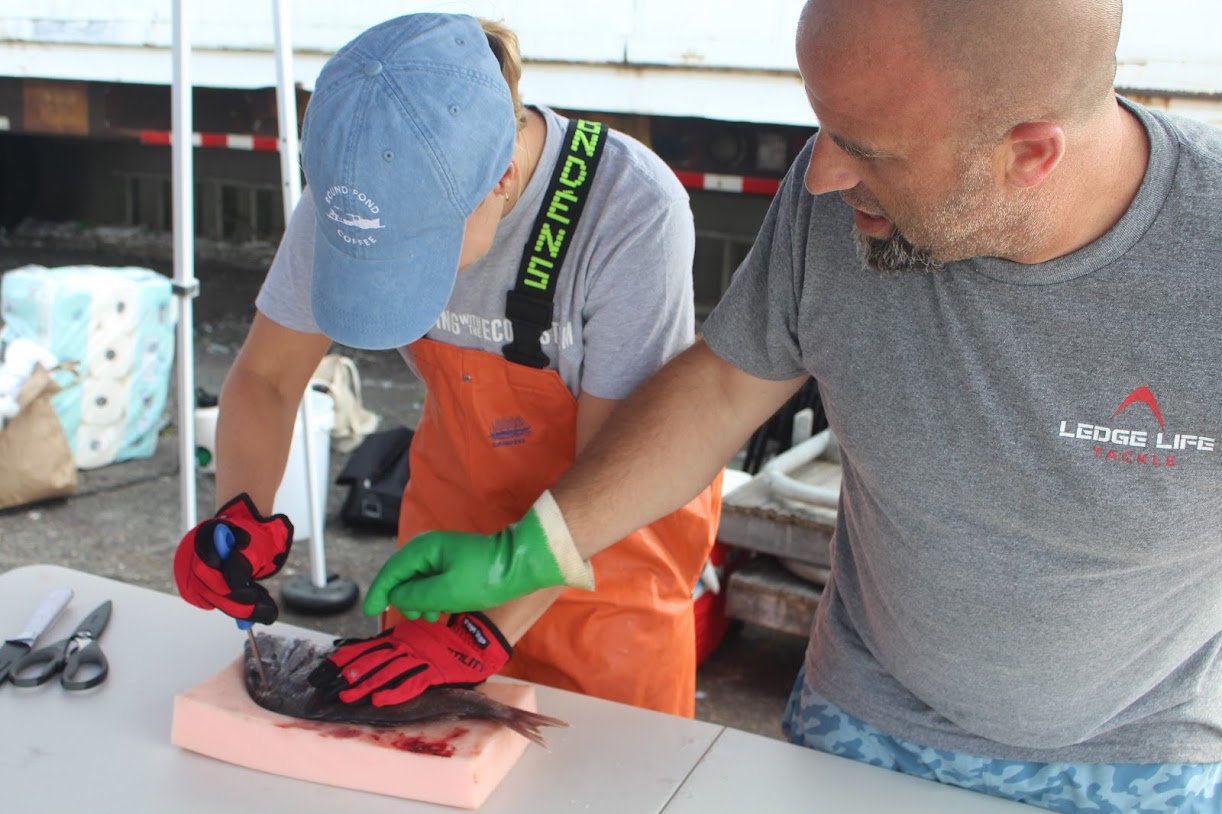Goats Eat Oats … and Christmas Trees
January 11, 2013
NORTH KINGSTOWN, R.I. — The end of the holiday season and the taking down of the Christmas tree is the most wonderful time of the year for the Reynolds family … at least for the 34 goats that roam the property where Route 1 meets the beginning of Route 4.
The blinking lights, the glittering tinsel and the dangling ornaments are nothing more than distractions from the tree’s most essential role — dessert after a meal of all-natural grain. In fact, this holiday treat is the gift that keeps on giving — at least until Reynolds Barn neighbors and farmers market customers run out of Christmas trees.
The dairy goat farm’s herd makes quick and efficient work of the dead trees — minus their tinsel and paint free — that are brought to the Reynolds’ Tower Hill Road home/dairy by people who enjoy spoiling the goats and/or don’t want to see their tree go to waste.
The dairy’s sociable goats — they come when called better than my dog — devour the needles, the branches and the bark, leaving behind a naked trunk that Melody and Donnie Reynolds, the husband-and-wife team that has been running the dairy for two decades, chip into mulch and throw on the garden come spring.
So far this winter the goats have gobbled down 30 trees. Since the farm started celebrating the end of the holiday season 10 years ago with a Christmas tree collection, its herd has repurposed a lot of pine.
“Nobody is making them do is,” Melody said, as we watched the goats in their large outdoor pen scoff down green needles and tear off cracking bark. The air smelled of, well, Christmas trees. “It kills the boredom for them and gives them something to look forward to. Green pickings are slim in the winter.”
Plus, there’s “lots of vitamin C in the pine needles,” Melody, a mother of three, said with a wide grin — the same one she likely flashed when she tricked Miriah, Holden and Hudson into eating their peas.
When it comes to reusing and recycling, the Reynolds goats put the most environmentally conscious of us to shame. Besides giving Christmas trees a second use, the goats gulp down the 10 gallons or so of whey — a byproduct of cheese making — the dairy produces each day during operations.
“They get so excited when they see the stainless steel pail filled with a warm and fresh treat,” Melody said.
The Reynolds, however, don’t let their goats outshine them when it comes to leaving a smaller carbon footprint. Pine sawdust created at a local woodworking company that would otherwise end up in a Dumpster is used as the goats’ indoor bedding. The goats’ sleeping quarters are cleaned at least once a day, and the sawdust, straw and manure left behind is placed in the big, now-empty plastic bags the sawdust came in.
About eight bags are filled daily with these raw materials. These bags are given to local gardeners for free. It makes excellent compost.
“There’s more demand for these bags than we, or should I say, the goats can produce,” Melody said.
Reynolds Barn sells its goat-milk cheeses and goat-milk soaps at the Coastal Growers’ winter and summer farmers markets.
Categories
Join the Discussion
View CommentsRecent Comments
Leave a Reply
Your support keeps our reporters on the environmental beat.
Reader support is at the core of our nonprofit news model. Together, we can keep the environment in the headlines.
We use cookies to improve your experience and deliver personalized content. View Cookie Settings




I'd be concerned about all the pesticides used on the trees.
Two thoughts. First, I wish we could gather many more wasted Christmas trees to transport to and feed farm animals. Second, heed the info as correctly presented in the article! The article mentions certain materials specifically for the compost pile. Sawdust is not a decomposed material and therefore should not be included in a planting hole directly; it will rob nitrogen from the plant's soil in order to decompose. However, mixed in a compost pile, sawdust should be fine. Same thing with fresh manure: it can burn plant roots when applied directly in a planting hole but is fine in a compost pile. A small distinction that can make a big difference!